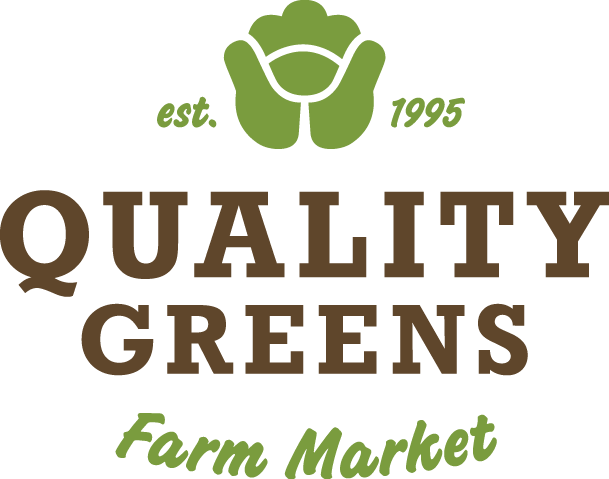
Stop the Sugar Attack
January 29, 2018 by Lisa Aschenbrenner
How can something that tastes so good have such a negative effect? I mean, it just seems so innocent. Yes, we do have “good and bad” options of sweetness, but even in the good options, it still needs to be consumed in moderation. Let’s break this down a bit more to see the what, where, and why in the sugar issue. Next week we will talk about the “how to” cut back sugar in detail.
There is a long list of risks associated with OVER consuming sugar and glucose containing foods. These risks include, but are not limited to, certain cancers, obesity, heart disease, digestive issues, mood imbalances, behavioural issues, tooth decay, and immune system disruption. Immune system disruption is one we may see a great deal of these days, as it can show when someone catches illnesses often and take a long time to recover.
Anything sweet tasting or high in “net” carbohydrates that we consume gives our brain a “SUGAR” message. (Net carbohydrates means the total after you subtract our good friend Fibre from the total carbohydrate total). Carbohydrate is the food group that contains the molecules responsible for this - glucose. This means that even foods that aren’t directly sweet tasting can still give us this “sugar” signal. Especially processed grains, like white flour which is a very sneaky source of high glucose in our blood stream. This is due to losing the fibre and fats that helps our digestion to slowly release glucose into the blood naturally.
The glucose/sweet signal causes a release of insulin for our bodies to control the increase in blood sugar. This is a safety mechanism as that level of our blood sugar needs to be in a narrow range to keep us healthy. If blood sugar is too high you can cause damage to your circulatory system and organs (heart disease, vision issues, nerve problems, kidney issues, etc) or too little and your brain’s key fuel source gets cut off, a seizure or coma can result. Insulin is an important chemical in our body, but when called up on too often, for high levels, the cells stop listening to that chemical, which is called insulin resistance which can lead to type 2 diabetes.
Back before we had processed foods, foods with sugar or high in glucose were naturally limited by access. Fruits and starchy vegetables were only accessible at certain times of the year and in limited quantities. Grains and sugars weren’t refined as much as they are today. Our consumption of sugar resulting foods was quite low and less problematic. We need to now self-limit these foods since they are available all year round and they are in most processed foods.
Our attention to what is in our food and how it affects our blood sugar is one step to good health. Limit processed foods as the whole grain versions come complete with fibre and fats that help to slow down blood sugar release and helps keep us full longer which reduces cravings and keeps us from eating excessive amounts of high glucose foods. Also, consume naturally sweet foods like berries, apples, banana, honey, but still in moderation.
Next week we will get into the ways to cut back sugar and glucose resulting foods.
